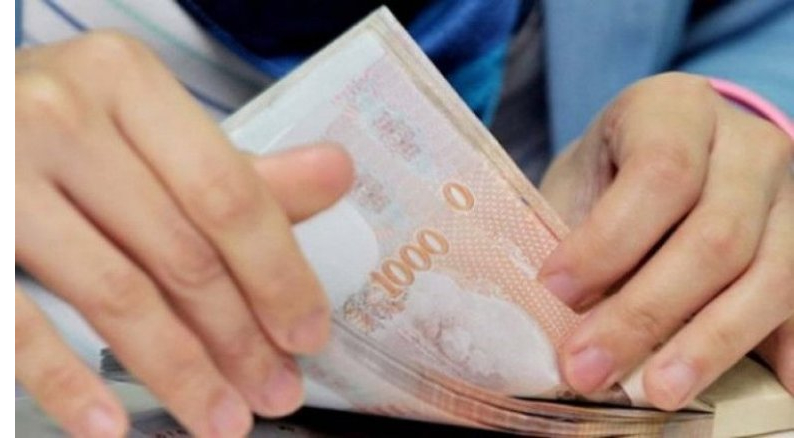Forex fluctuations hit Thai shipments
FLUCTUATIONS in foreign exchange rates have impacted Thai shipments particularly to Argentina and Turkey whose currencies saw sharp depreciation last year, according to Commerce Ministry’s recent study.
Pimchanok Vonkorpon, director of the ministry’s Trade Policy and Strategy Office, said that based on the study, the Sudanese pound fluctuated the most – by 164.6 per cent year on year in 2018 – while Argentina’s peso was second, fluctuating by 28.1 per cent, and the Turkish lira was third with 27.6 per cent. The baht fluctuated 4.6 per cent, and was ranked 48th among other countries in the world and third in Asean, reflecting good stability.
Currency fluctuation is an important matter as high currency fluctuations mostly come from rapid changes in major situations such as domestic political instability, political conflicts with other countries which could lead to economic sanctions from economic powers, economic crises or instability.
These countries may take more than a year to see economic recovery and their trading-partner countries will suffer the impacts from higher product management costs and swift price changes. The study was conducted on changes of exchange rates of 87 trading-partner countries and their impacts on Thai exports with related factors including currency fluctuations and depreciation which affected the trading-partner countries’ demand and purchasing power and became limitations and risk factors for Thai exports.
The study intended to urge business operators and exporters trading with these countries to realise the importance of hedging against foreign exchange risks and other risks and seek new markets.
According to the study, the Sudanese pound depreciated the most, by 164.5 per cent, followed by the Argentinian peso, by 100.2 per cent, and the Turkish lira, by 40.9 per cent. The Thai currency depreciated by 0.1 per cent, placing in 71st position among other countries in the world and 8th among Asean countries. Among Asean countries, Indonesia’s currency fluctuated the most, by 5.6 per cent, while Myanmar’s currency depreciated the most, by 14.2 per cent.
Pimchanok said that among 87 countries analysed, 26 countries witnessed currency depreciation by over 10 per cent and of these countries, eight are Thailand’s major export destinations, accounting for over 0.5 per cent of Thai exports in total. The eight countries are Argentina, Turkey, Pakistan, Brazil, Russia, Myanmar, Australia and India.
The Argentinian and Turkish currencies tend to have the most impact on Thai exports.
The Argentinian peso depreciated as much as 100 per cent. In August 2018, Argentina’s currency sharply depreciated by 100-110 per cent and from September 2018, Thai shipments to Argentina contracted for five consecutive months, tending to shrink continuously. Major exports to Argentina include automobiles and components followed by engines and rubber products.
The Turkish lira depreciated by 41 per cent, after depreciating by 85-90 per cent in August last year. Combined with its weak economy, Thai shipments to Turkey shrank for eight consecutive months and are expected to continue contracting in the first and second quarters of this year. Major shipments to Turkey include automobiles and components, air-conditioners and rubber.
Pimchanok said new markets may have to be found for the affected products, particularly automobiles and components as Thai shipments to Argentina and Turkey account for a combined 1 per cent of Thai exports in total and may contract for 12-24 months.
Source: http://www.nationmultimedia.com/detail/Economy/30366528


 Thailand
Thailand




